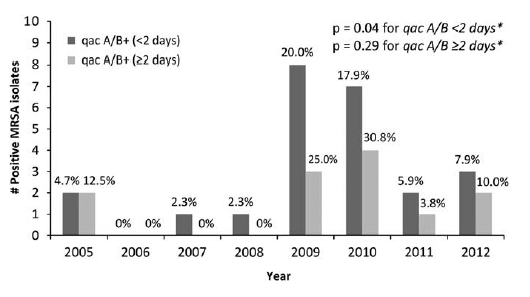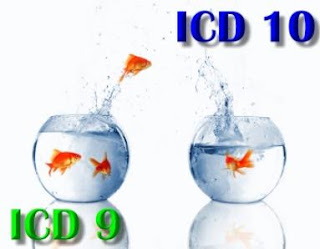Avoid TPN in patients with ventricular assist devices
There's a new paper in Clinical Infectious Diseases on fungal ventricular assist device (VAD) infections. If you have ever seen these infections, you will appreciate the need for a better understanding of the risk factors for them. This paper reviewed 300 patients with VADs, of whom 108 developed infections, 23 of these due to Candida spp. Crude mortality in patients with Candida infection was 91%. Using mulitvariate analysis to compare patients with fungal VAD infections to those with bacterial VAD infections, the only independent predictor for fungal infection was total parenteral nutrition (OR 6.95). The authors of the paper strongly recommend that TPN be avoided in VAD patients.



This comment has been removed by the author.
ReplyDeleteThis is the sort of study that I find most frustrating. The problem is that they did not use the uninfected comparison group, which would have been the proper control group in a risk-factor study. The controls in any case-control or cohort study must be at risk for the outcome; it is unclear if VAD patients with bacterial infections would be at the same risk for fungal infections as uninfected controls. Also, let's presume that there are certain important risk factors associated with both bacterial AND fungal infections. Since only infected patients were included in the risk-factor analysis we would not be able to test or estimate the impact of those general risk factors. What if those risk factors were associated with higher odds than TPN or interacted with TPN?
ReplyDeleteTPN is a differential risk factor between bacterial and fungal infection. Thus, the OR=6.95 for TPN is a conditional OR on the fact that the patient is already infected. What this could be used for is treatment decisions. For instance, if you have a high-index of suspicion that a patient has an infected VAD, the patient's TPN status could indicate that anti-fungal coverage should be strongly considered. If they had concluded with a statement about empiric therapy that would have been OK. However, to make claims about over-all risk factors for fungal VAD infections, this cohort should be re-analyzed with uninfected controls.
Also, the authors might have mentioned how they built their risk-factor models - what did they include and how did variables get selected in or pulled out of the model.
From an epidemiologic perspective, no argument from me. However, from a clinical perspective, is there a message in the paper we have in front of us (despite it's methodologic flaws)? My take is that given what we know about the risk for candidemia associated with TPN from previous studies, the inability to kill Candida on foreign devices (and in particular the inability to remove the infected device in these patients), all coupled with the high mortality associated with infections of any type in this patient population, I think this paper should serve to make cardiac surgeons and intensivists think twice about starting TPN in patients with a VAD in situ until we have better analyses to review.
ReplyDeleteWhen I see infections in VAD patients, I feel particularly helpless. Unlike most other device infections, where a key aspect of treatment is explantation of the device, that's not really an option here. Though we try to treat the infections with as narrow spectrum drugs as possible, the problem is that it's extremely difficult to stop antibiotics with the device in situ. Given the scarcity of hearts for transplantation, these patients can stay on the device for very long periods of time, and therefore antibiotics for long periods. So I guess when my clinician hat is on, I'm excited to see any ideas for prevention of infections in these patients.
P.S. In the interest of full disclosure, I must admit that having treated a particularly difficult, sad, and ultimately fatal case of candida VAD infection in the last year, I may have a bias that is coloring my thoughts on this.
They have uninfected controls, so they just need to repeat the analysis. I agree that TPN is a likely culprit along with other risk factors if they could use proper controls, but looking at conditional OR only tells you part of the story.
ReplyDeleteAgree that this is a very sad situation, and the VAD infection rate (everybody's not just the study site) is very very high. Something must be done to limit these infections.